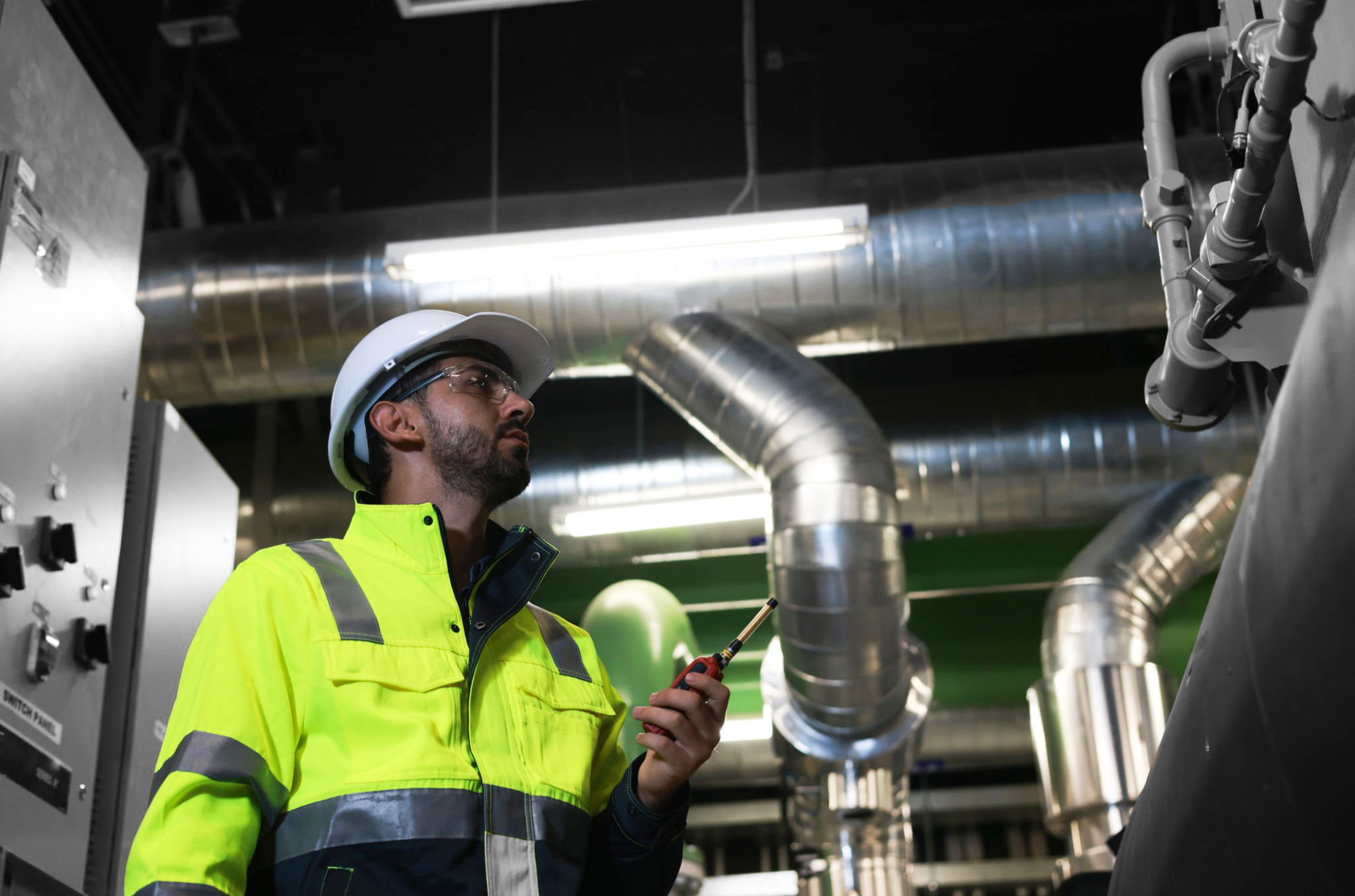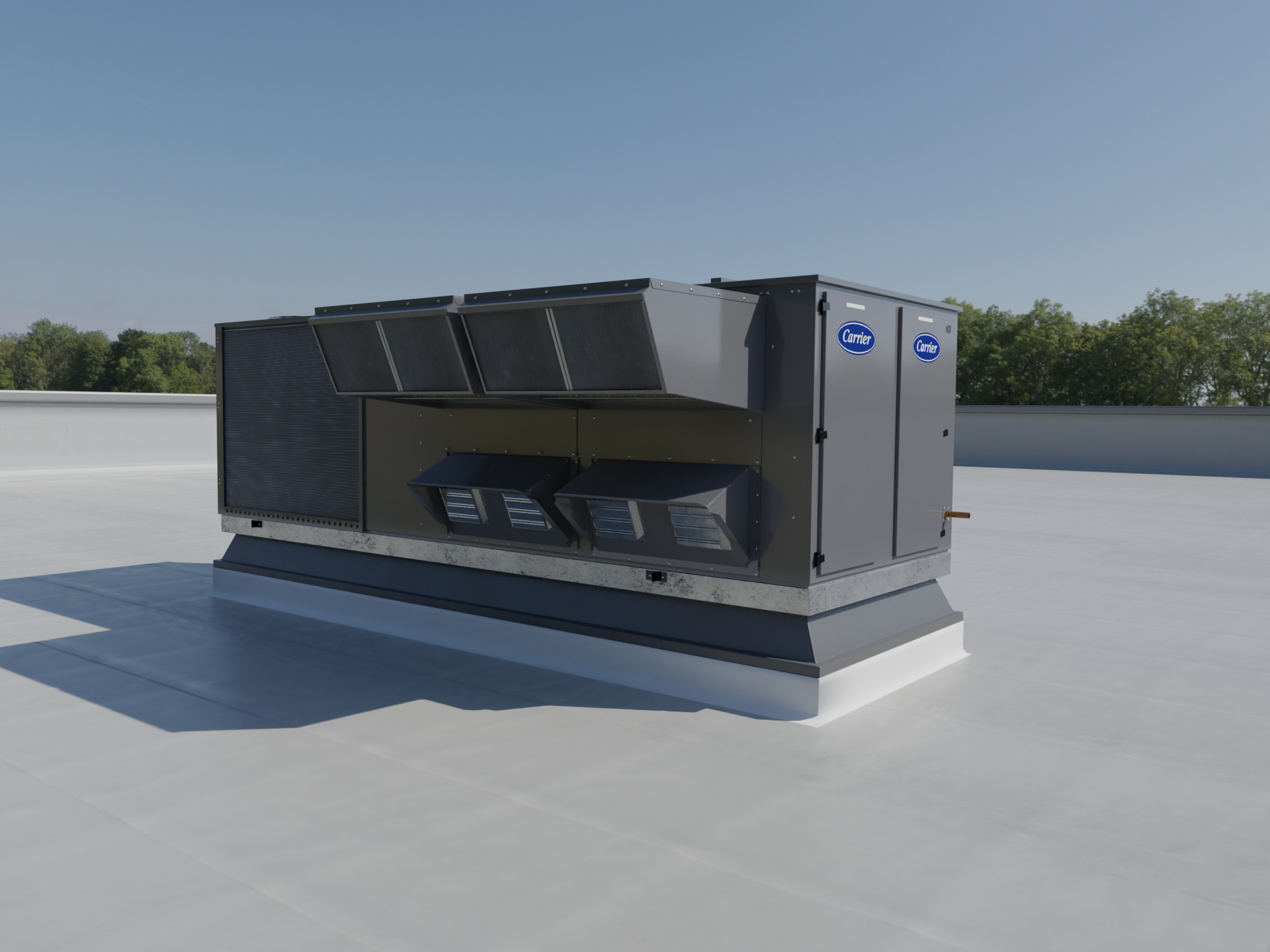Understanding Packaged Rooftop Units (RTUs)
Packaged rooftop units are self-contained systems that combine heating, cooling, and ventilation in one compact unit. As the name suggests, these units are typically installed on the roof of a building, which makes them particularly appealing for businesses that may have limited ground space. Their design allows them to serve a variety of commercial applications, from retail stores to restaurants and warehouses.
One of the primary advantages of RTUs is their space-saving design. By situating the entire HVAC system on the roof, businesses can maximize their available ground space for other essential operations. This is particularly beneficial for urban environments or smaller properties where outdoor space is at a premium. Additionally, the centralized nature of RTUs simplifies maintenance and servicing. With all components housed in a single unit, HVAC technicians can more easily access the system for repairs and routine check-ups, minimizing downtime and disruption to daily operations.
Energy efficiency is another significant consideration. Modern RTUs are designed with advanced technology that enhances their energy performance. This not only helps businesses reduce their utility bills but also positions them to take advantage of utility rebates for energy-efficient upgrades. As sustainability becomes an increasingly important aspect of business operations, RTUs offer a viable solution that aligns with eco-friendly goals.
Exploring Split Systems
In contrast, split systems consist of two main components: an indoor unit and an outdoor unit. This configuration provides flexibility in installation and allows for greater customization to meet the unique heating and cooling demands of a business. Split systems have gained popularity in commercial settings due to their ability to adapt to various building layouts and sizes.
One of the standout features of split systems is their customizability. Business owners can choose the appropriate size and configuration to match their specific needs, making it easier to tailor the system to the layout of the building. Additionally, many split systems offer zoning capabilities, allowing different areas of the building to be heated or cooled independently. This is particularly advantageous for larger facilities with varying temperature requirements, as it ensures that each space remains comfortable without wasting energy on unoccupied areas.
Another advantage of split systems is their quieter operation. Since the noisy components are located outside, indoor units tend to operate more quietly than RTUs. This creates a more pleasant environment for employees and customers, enhancing the overall experience within the business.
Like RTUs, split systems have become increasingly energy-efficient in recent years. With advanced technologies and features designed to optimize performance, businesses can expect significant energy savings over time. However, it is essential to consult with an HVAC professional to ensure that the selected system is appropriately sized and installed to maximize these benefits.

Key Considerations for Decision-Making
When deciding between RTUs and split systems, several critical factors should be taken into account. One of the first considerations is space availability. If your building has limited space for HVAC equipment, RTUs may be the better choice. Their compact design allows for efficient use of rooftop space, freeing up valuable ground space for other operations. On the other hand, if you have adequate room for both indoor and outdoor units, a split system could offer greater versatility in terms of zoning and customization.
The initial costs associated with each system also warrant consideration. While RTUs may have a lower upfront cost, it’s important to consider the potential long-term savings associated with energy efficiency. If an RTU is not adequately sized or maintained, it could lead to higher energy bills over time. Conversely, split systems may require a higher initial investment but often provide better energy efficiency, resulting in cost savings in the long run.
Maintenance requirements are another important factor to consider. RTUs can be easier to maintain due to their centralized design, allowing technicians to service the entire system without needing to access multiple locations. Split systems, while offering flexibility, may require more regular attention to both indoor and outdoor units, which could increase maintenance costs.
Finally, the climate in Wisconsin should also influence your decision. The state experiences harsh winters and humid summers, which can impact HVAC performance. Both RTUs and split systems can handle these conditions, but it’s essential to consult with an HVAC professional who understands the local climate to determine which option will provide the best performance and comfort for your specific location.
Conclusion
In conclusion, choosing the right HVAC system for your business in Wisconsin is a critical decision that can impact comfort, efficiency, and overall operational effectiveness. Packaged rooftop units and split systems each offer unique benefits, and understanding their differences is key to making an informed choice. By considering factors such as space availability, initial costs versus long-term savings, maintenance requirements, and climate conditions, business owners can select the system that best fits their needs.
At Third Coast Mechanical, we specialize in providing expert guidance on commercial HVAC solutions tailored to your business’s unique requirements. Our knowledgeable team is here to help you evaluate your options, ensuring you make the best decision for your HVAC needs. Contact us today to learn more about our services and how we can assist you in achieving optimal comfort and efficiency for your business!


